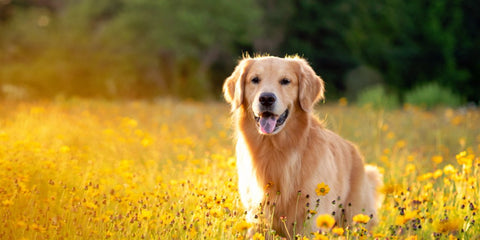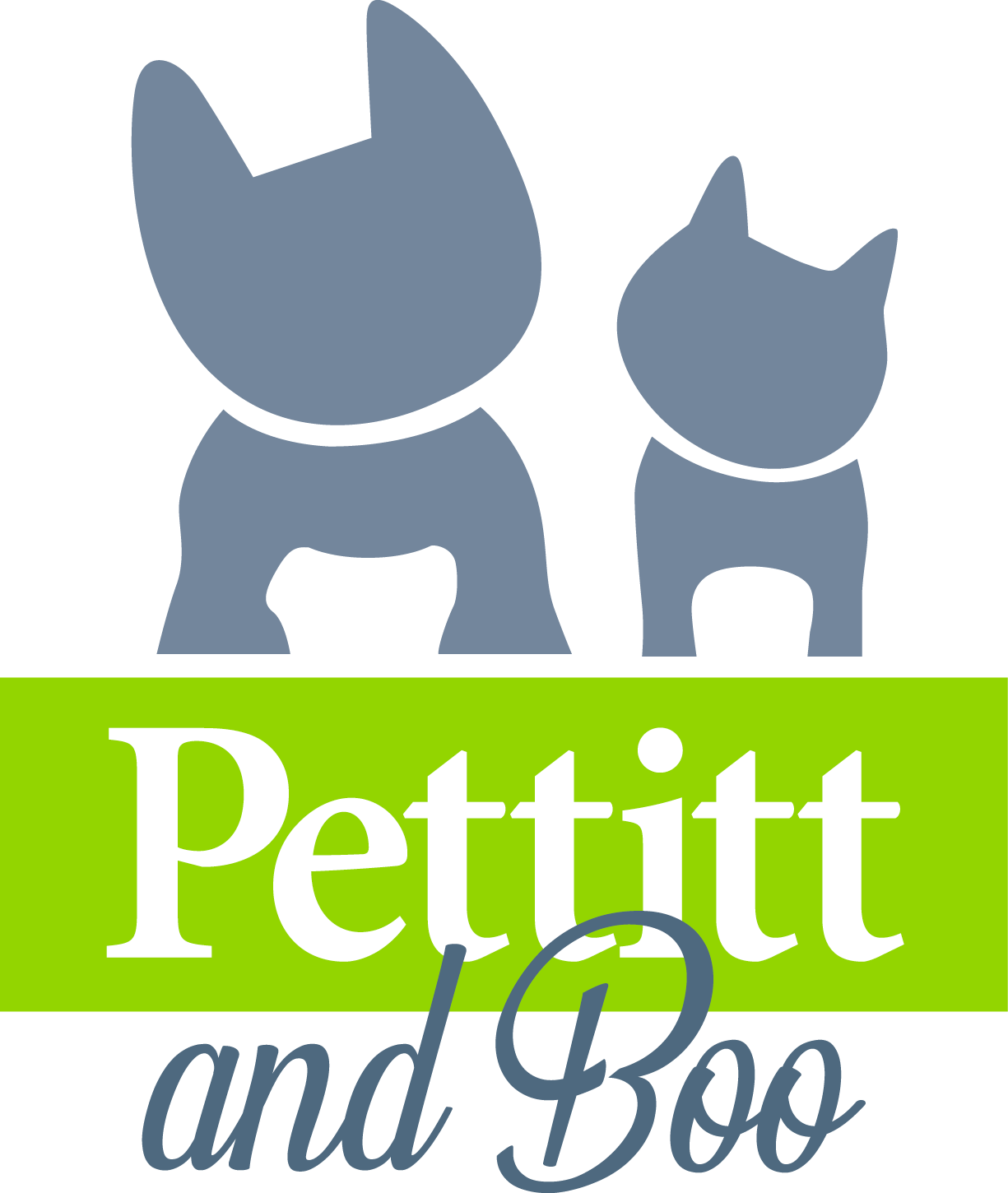Introduction to raw
Raw Feeding is the principle of feeding a dog a natural diet that is aligned to what they would naturally chose to eat and which their digestive systems are best able to process. This is feeding a diet of raw meat, or as it is sometimes known, BARF: Biologically Appropriate Raw Feeding or RMBD: Raw Meaty Bone Diet.
80/10/10 is the way the majority of raw 'Complete' dog foods are composed, It means that the food comprises of:
80% MEAT
10% BONE
10% OFFAL
The 10% Offal can be made up of any of the following: Liver, Kidney, Testicle, or Spleen.
Typically, 5% at least will be Liver. Importantly, these are all SECRETING organs, so whilst a traditional butcher would refer to tripe or heart for example, as being 'Offal', they are only offal in a human diet rather than in a dog's diet, where they are classed as meat*.
Whilst this combo of meat, offal and bone is widely discussed as a complete diet, there is rising acknowledgement that dogs - if placed in a wild setting - do elect to eat more than this, such as scavenging for apples and other fruits and vegs, grass and other parts of prey, such as hooves and hair.

How much needs to be fed?
In simple terms, the answer to this question is... A healthy adult dog (not overweight/underweight) requires 2.5% of their bodyweight in raw food per day.
Whilst this is the most straightforward answer, there are variations to be considered.
1) Puppies.
Puppies require more than 2.5% of their current weight as they need additional food to help them grow to their expected size. There are two ways we can therefore work out how much to feed a puppy. One is to calculate based on the expected weight of the puppy when a fully grown i.e. the target weight. The second way is to start with 10% of bodyweight for a young puppy (up to 3 or 4 months old) then gradually drop that percentage down each month until reaching 2.5% by the time the dog is 12m old.
2) Underweight dogs
Underweight adult dogs should be fed 3% of their body weight per day, but this can also be enhanced by selecting higher calorie meats, such as lamb or duck.
3) Overweight dogs
An adult dog that is overweight needs to eat the appropriate amount for their exercise levels as well as their need to reduce weight. They should therefore be fed 2% of their bodyweight per day. You can also select lower calorie meats, such as Turkey, but bear in mind the different manufacturers select different cuts of meat, so refer to the analytical composition on the label for further information.

What are the benefits of raw feeding?
Cleaner Teeth
We have all seen dogs and cats with plaque and bad breath but we may not have associated this with their diet of kibble and/or canned food. People generally believe that because their pets have to chew their kibble, they are cleaning their teeth at the same time. This approximates to us feeding our children hard biscuits and looking for the benefits! Dogs should be eating raw meaty bones that they have to chew through, thus scraping the plaque from the teeth and providing a gum massage which increases circulation.
Better Digestion
Unlike humans, dogs and cats have a very short digestive system which deals with their food intake quickly and effectively, greatly reducing the threat of bacteria. Thus, when we feed the heavily processed meat, grains and fillers, the dog’s digestive system is not built to deal with this. They do not have the digestive enzyme amylase which is required to digest grains. The pancreas is then put under a huge strain. By feeding a species appropriate diet of raw meat, bones and organs, the digestive system works with the food they are designed to eat and does not become worn out by years of over-exertion.
Skin and Coat
The difference in your pet’s coat will show within two weeks on a raw diet. It will become softer, shinier and very silky. Animals will often detox through their skin, culminating in a greasy, smelly coat. On a raw diet, this noxious smell will disappear.
Arthritis and Bone Disease

The list of benefits with a raw diet is almost never-ending, but this is just a few of the major ones we thought we'd include. For more advice with regards to a raw diet please do see us at one of our stores for a free consultation.
Our stores can be found here: Our Stores
